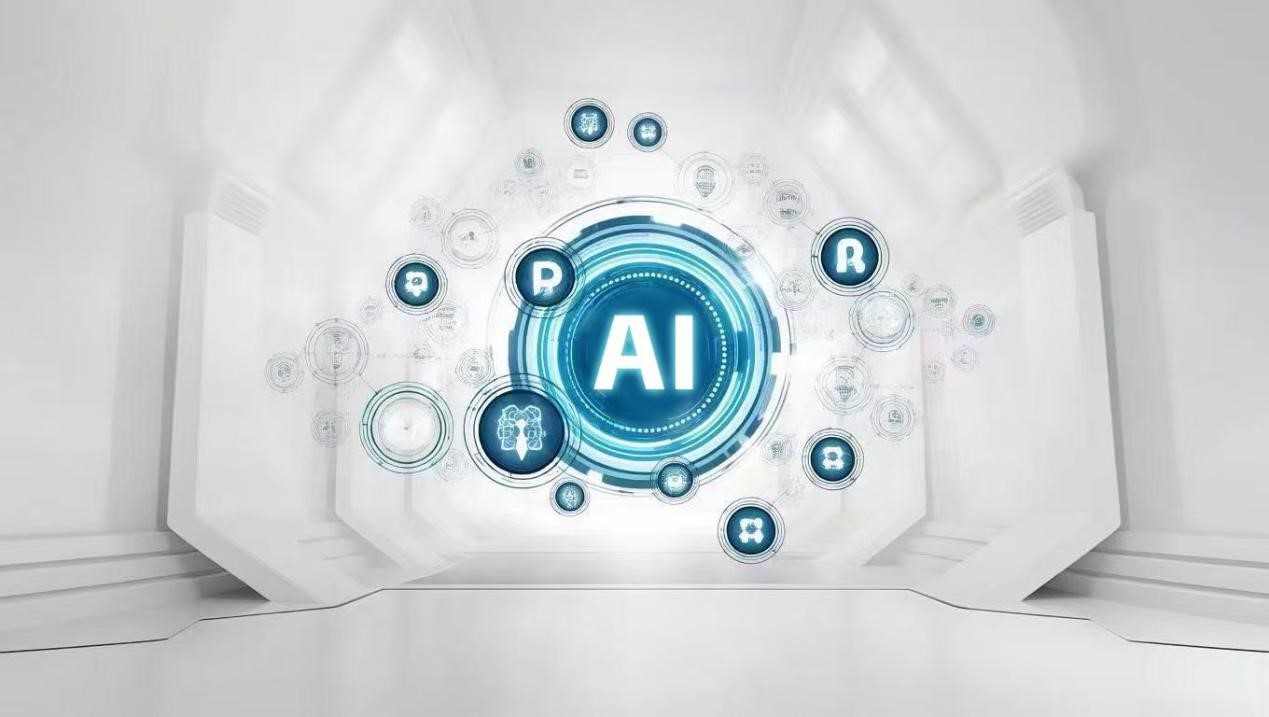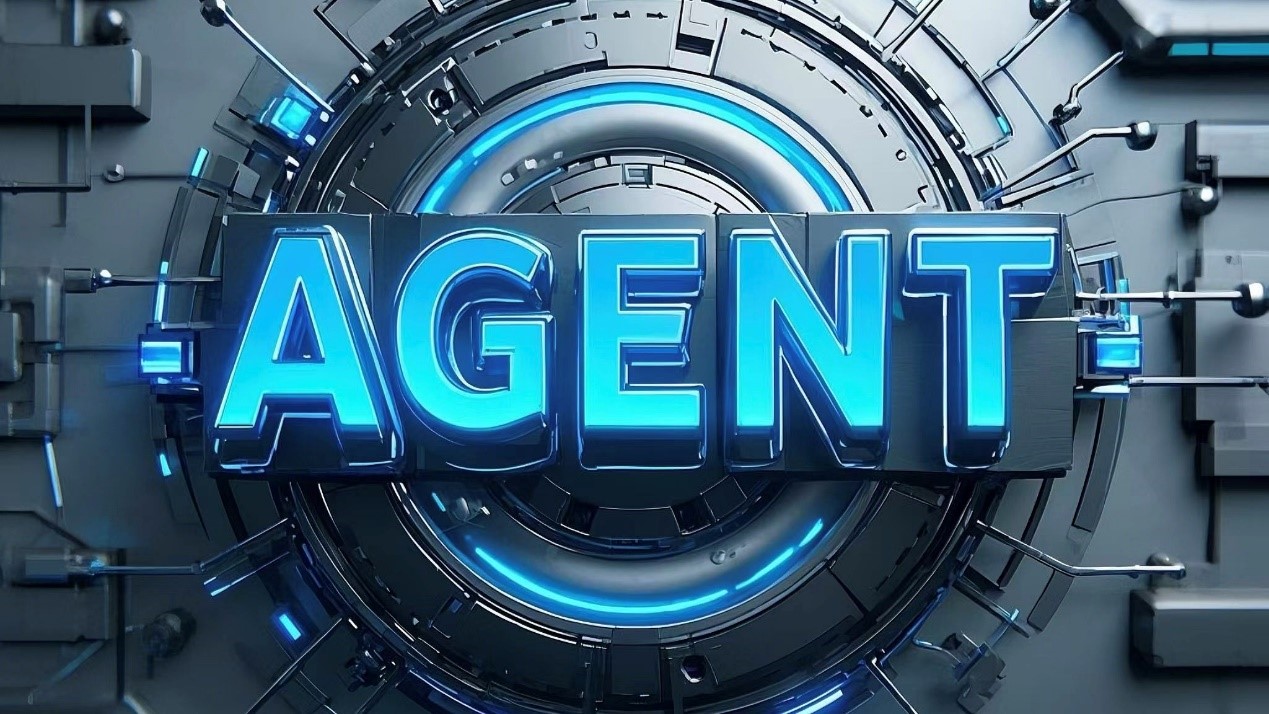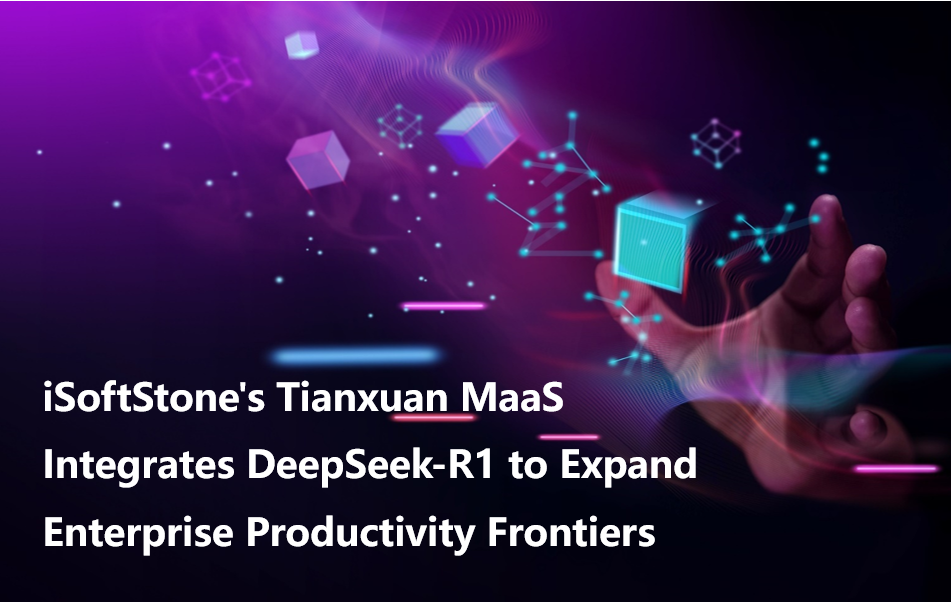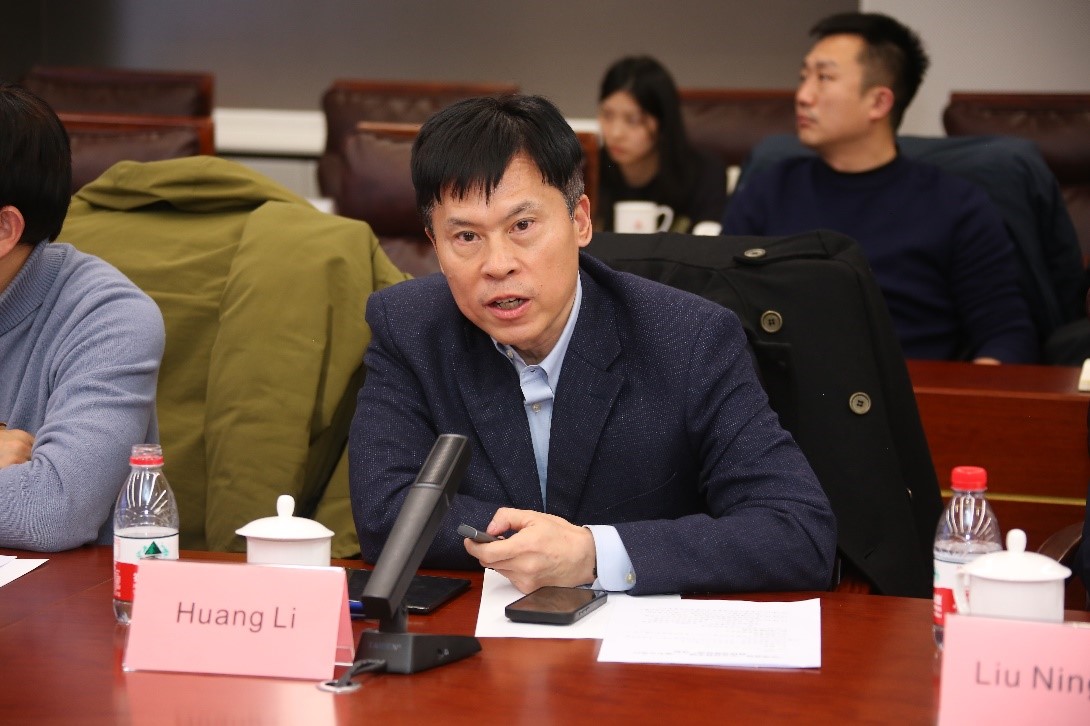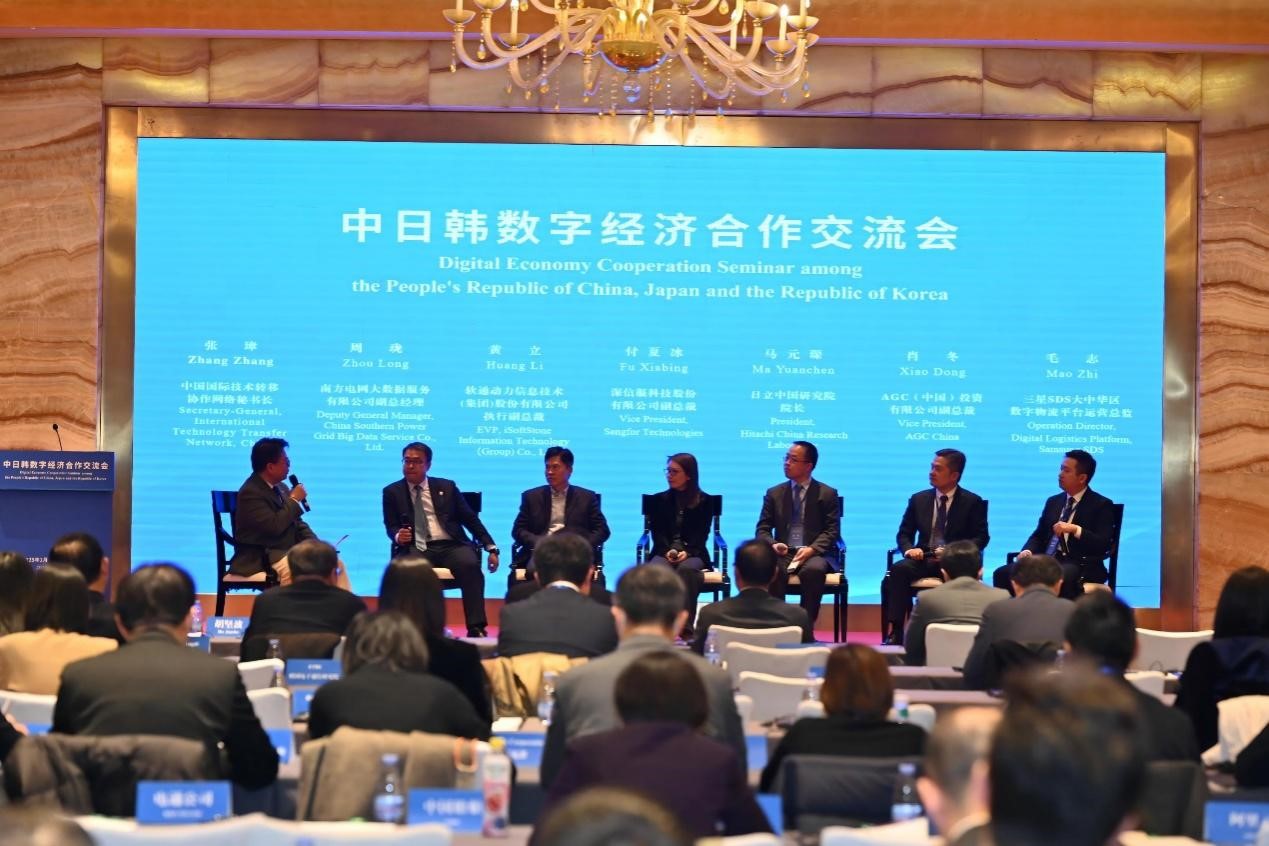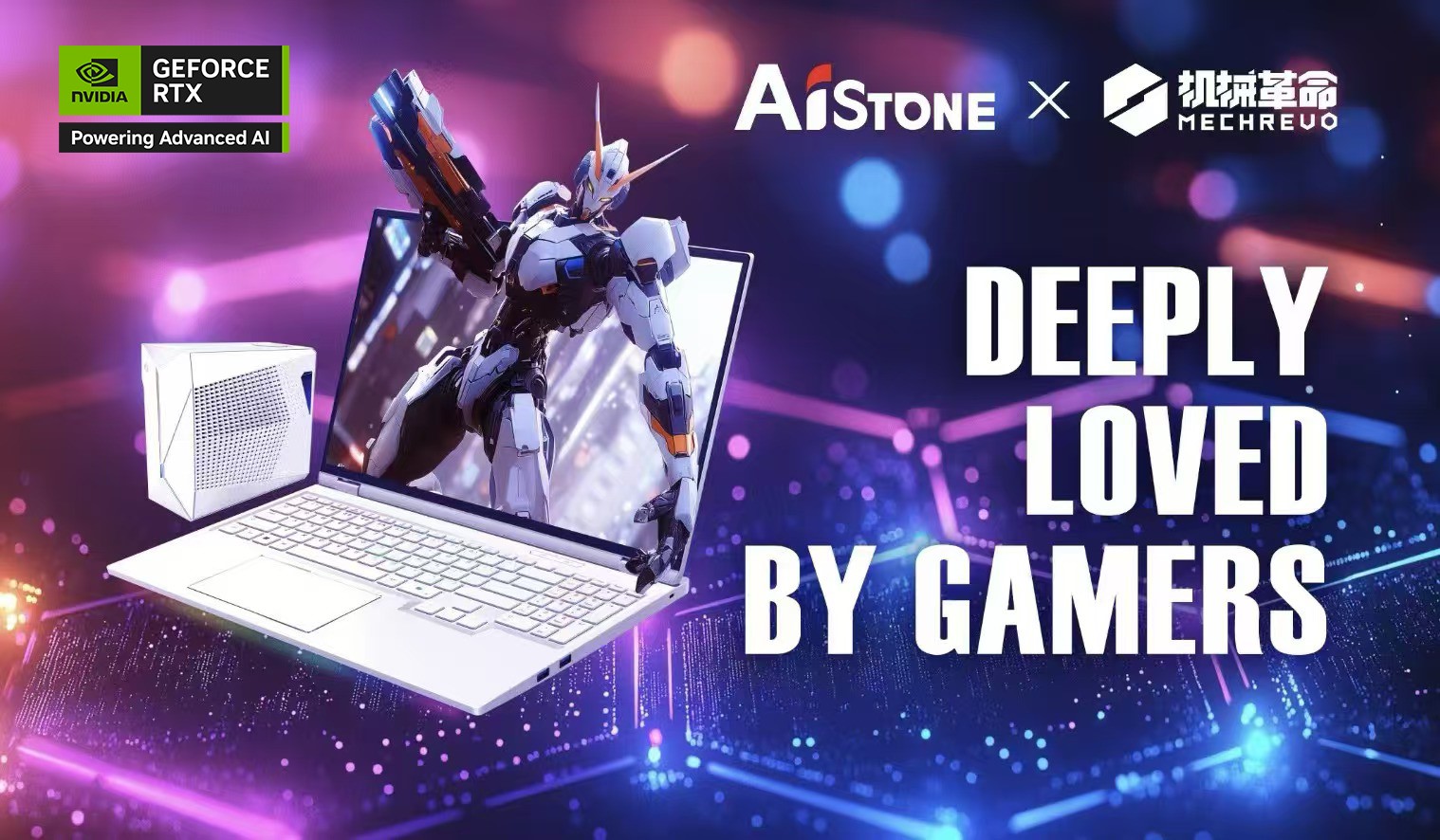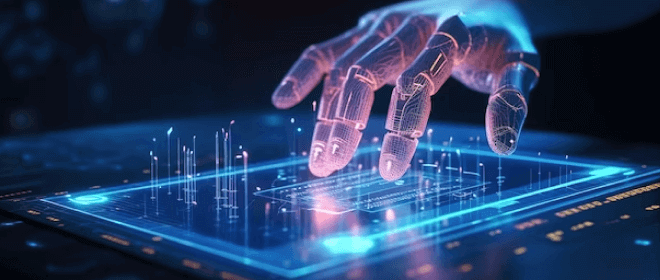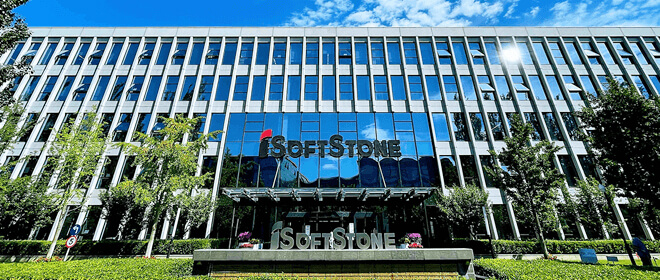
iSoftStone Integrated into the Whole Industrial Chain of Intelligent Terminals
Revisiting Tomorrow Never Dies, It feels like that this is one of the most realistic 007 movie series. Pierce Brosnan took out his mobile phone, which was indeed smart back then but would seem rather mediocre now, to remotely wake up the BMW 750iL with one click. After some showy operation on the touch screen, the smart car took the most handsome 007 in history to barely escape from death.
Indeed, sometimes we are awed by the rapid progress in science and technology. 24 years after the release of Tomorrow Never Dies, all the cool black technologies in the film are within reach. In the real world, smart phones are becoming the entrance to IoE, smart cars have gradually become the second largest smart mobile terminals in the world, and smart home products have begun to appear at ordinary people's homes. With the booming of the smart terminal market, "make connections possible at any time" is no longer a declarative slogan. The digital giants behind this milestone digital evolution are the biggest drivers, and standing on the shoulders of giants, iSoftStone has also begun to devote itself into this digital revolution from the perspective of the whole industrial chain.
Pooling efforts to enable the entire chain
Smart terminals are a big market.
IDC data show that different from the dominant landscape of smart phones five years ago, the smart terminal market has tended to diversify. In the first half of 2021, shipments in China's smart terminal market were approximately 400 million units, an increase of 16.5% year on year. Despite the constraints of chip shortage and other factors, the shipments will still reach 460 million units in the second half of 2021.
"The volume of smart terminals is large enough, and the industry is still expanding and iterating. The company is fully aware of the development prospects of the industry. After making some preparations, the management decides to present the smart terminal business in the form of strategic 'sub-brand'." Liming Chen, Senior Vice President of iSoftStone said bluntly.
This move marks the landing of iSoftStone's "aggregation strategy" in intelligent terminals. It also means that iSoftStone will focus on the company's core technical capabilities, business capabilities and service capabilities, so as to achieve advantage breakthroughs and industry leadership in this field. "Our goal is to achieve all key links in the whole industrial chain of intelligent terminals, so as to provide a strong driving force and creativity for the sustainable development of the company on the track of the new intelligent terminal industry in the 5G era." said Liming Chen.
He further explained: "the whole industry chain means that the intelligent terminal business will cover almost all links across the upstream, middle and downstream of the industrial chain. It includes core technologies of intelligent terminals, chip solutions, intelligent Internet connected vehicles, Harmony ecology, digital technology services and other businesses. "
But it's not easy.
To this end, iSoftStone has set up the "Smart Terminal Business Development Committee" internally. As the communication hub and central command of the whole business, the committee will assume the responsibility of coordinating and connecting the company's key strategic resources and driving the growth of the business. This has also laid the foundation for iSoftStone to seize market share in the “terminal”business, one of its four-element industrial chain layout: cloud, network, edge, and terminal.
"Going upwards": be a co-builder of smart terminal ecosystem
In fact, iSoftStone's smart terminal business was born in the era of 3G, matured in 4G and saw breakthroughs in 5G. In 2010, iSoftStone began to step into the field of intelligent terminals. It is among the first technical service providers in the world to customize OS and develop application software for Google Android system.
Over the next ten years, Huawei, Xiaomi, OPPO and vivo have successively become partners of iSoftStone.
But now iSoftStone has to "go upwards” further. In the smartphone industry chain, OS and chip makers are in the upstream, phone manufacturers and equipment manufacturers of Apple, Huawei and Xiaomi are in the midstream, and suppliers of components such as display screen, memory and battery are in downstream.
"Going upwards" means that iSoftStone is no longer limited to providing services to midstream customers, and it also wants to connect the upstream and downstream players of the industrial chain horizontally, make its presence at all ends and points, and develop the end-to-end capability to match the industry. For example, in the field of upstream chips and operating systems, iSoftStone has clinched deep collaborations with chip makers such as Unisoc and Qualcomm and operating systems such as Harmony OS.
In Liming Chen's view, deep collaborations entail providing complete solutions such as kernel driver integration, framework optimization, operator authentication implementation, security enhancement, user interface (UI) design, upper application customization and so on. "For our partners, iSoftStone has built digital capabilities covering design, end-to-end development, testing, O&M, security, cloud services, AI big data, ecosystem promotion, etc."
These “upward" services will enable iSoftStone to obtain a new identity in the industry ecosystem. In the collaboration, the two sides are no longer simply a contractual relationship. iSoftStone will provide more industry empowerment as an ecosystem co-builder and ecosystem strategic partner.
Revolution on wheels
This is only part of the story.
Smart car is the second largest smart mobile terminal in the world after smart phone, but a smart car is not a smart phone with four wheels. What we commonly call "software-defined cars" is not only about a revolution in the "cabin", but also a revolution under the "hood", but also a revolution from the front market to the rear market.
iSoftStone is also "going up the ladder" in this field. At present, iSoftStone has formed a business layout from inside to outside, from solutions to services in the field of smart vehicles. It can provide smart cockpit, i.e. The human-computer interaction system, Internet of Vehicles, i.e. human-vehicle-road-cloud interaction system, and deliver transparent and visual interactive experience between "smart vehicles-human-manufacturers".
This includes not only solutions within the cabin such as smart cabin, smart cockpit and advanced driving assistance system, but also vehicle and onboard infotainment solutions such as EV power battery system under the hood; it includes not only the individual services covering the whole process from car selection, purchase, use, maintenance and replacement, but also the production, transportation and other services for enterprises.
For example, the collaboration between iSoftStone and Great Wall Motor in smart cockpit and onboard infotainment solutions is very typical. With the help of the solutions of iSoftStone, car owners can control the start and stop of air conditioning, lights and other equipment through smart phones. These application scenarios previously seen only in the films are catching the attention of more vehicle enterprises.
From software service provider to ecosystem service provider
Have you seen any differences?
3G and 4G have jointly made possible the mobile Internet, and 5G has helped achieve the Internet of Things and the Internet of Vehicles. In this process, smart terminals have become an important part of iSoftStone's “Cloud-Network-Edge-Terminal". iSoftStone's positioning in this field has also extended from a software service provider to an ecosystem service provider.
This is particularly evident in the Harmony ecosystem.
"iSoftStone has unreservedly dedicated itself to Harmony. The company will also seek to provide more proactive services to help Harmony build its software ecosystem, hardware ecosystem, talent ecosystem and service ecosystem." In fact, what Liming Chen wants to convey by "more proactive" services is not only about Harmony ecosystem, but also a part of iSoftStone's smart terminal strategy.
Harmony was designed as an operating system across scenarios born for IoE. The latest data show that since its official launch in June 2021, there have been more than 100 million devices featuring Harmony OS 2.0 within three months, and a super ecosystem is taking shape to connect people and people, people and things, things and things.
All is based on this super ecosystem. At the development end, iSoftStone is creating a software-hardware integrated delivery solution surrounding the core competence of Harmony OS; on the application side, iSoftStone leverages Harmony's distributed capability to explore industry digital innovation under specific application scenarios; on the ecosystem side, iSoftStone has worked with more than 100 equipment vendors to help access more than 200 products into the Harmony ecosystem.
In other words, iSoftStone can not only help smartphone chip makers and component manufacturers adapt to the Harmony system, but also help the Harmony system connect vehicle makers and auto parts suppliers for brake, steering and motor control. It can not only jointly launch IoT solutions together with public cloud service providers, IoT equipment providers and operating system ecosystems, but also rely on public cloud to make smart terminals become "super portals" for application scenarios such as smart home, smart finance, smart transportation and smart manufacturing. This is the core value of iSoftStone, the core value of full-stack service providers ranging from hardware and software to solutions and talents.
News
